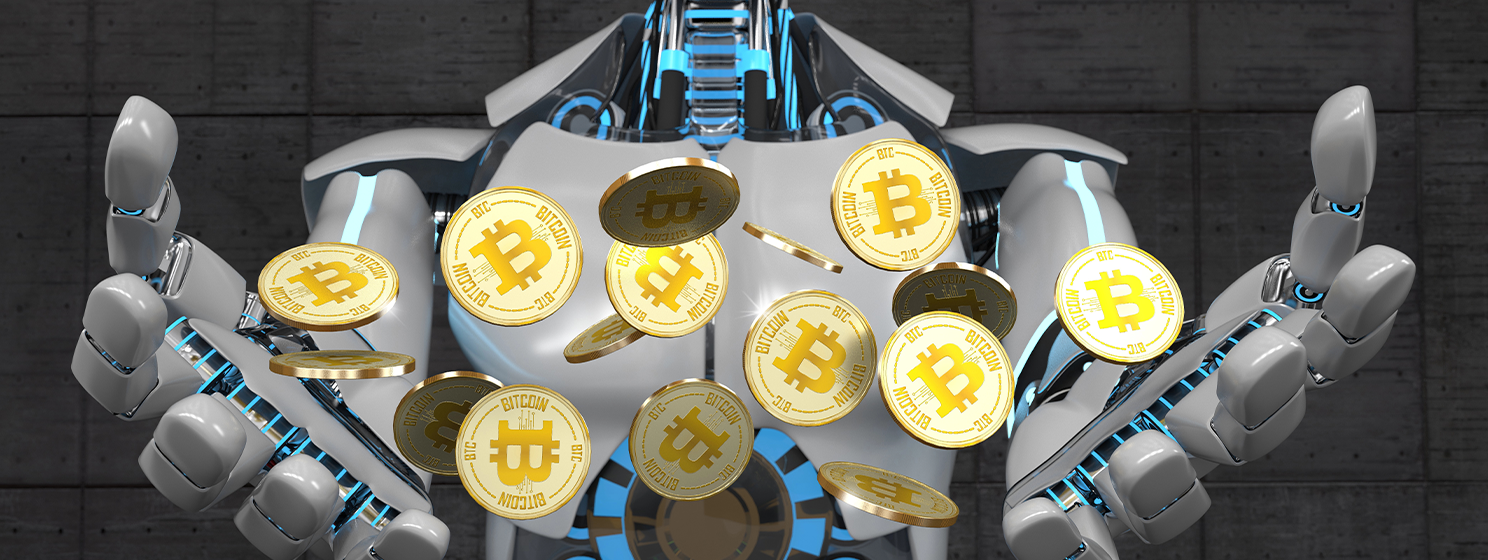|
Getting your Trinity Audio player ready...
|
Bitcoin is not “digital gold,” gold is not cash and Bitcoin isn’t a replacement for banks or financial systems. In a new blog post titled “Money Is Time and Energy,” Dr. Craig Wright dispels some popular myths and misconceptions about money and Bitcoin’s role in the digital economy.
Technological advances, as well as current socio-political events (and the various responses to all these) have served to confuse the notion of what money is, and what it’s for. It doesn’t grow on trees, we were constantly told, yet there seems to be an unlimited supply when a need arises. Gold has intrinsic value and is the only real money, goes another view.
Add Bitcoin to the mix—along with the broad church of ideologies and opinions that makes up its support base—and there’s likely to be a lot of extra misunderstanding. Over the years it has attracted crypto-anarchists, Austrian sound money and gold proponents, capitalists, libertarians, bankers and anti-bankers, classical liberals and “neo classicists” like Dr. Wright (though he’s said he dislikes labels).
“Many falsely believe that by simply producing more money or redistributing it, we would all suddenly have more wealth,” Dr. Wright wrote, addressing one particular preoccupation of our current times. To help understand why, he included a history of money and its uses, along with some of the advantages and disadvantages each one brings.
Money is simply a means of mapping obligations. It is a way of sending obligations through time.
By now, many in Bitcoin are familiar with the evolution of money in human history from tally sticks to shekels, gold and fiat currencies. Dr. Wright explained the differences between different forms of money, saying any obligation to settle a trade or debt can be considered money—it doesn’t only mean the cash in your pockets or bank accounts you use in daily commerce.
Bitcoin: a peer-to-peer electronic cash system
Bitcoin, according to the original Satoshi Nakamoto whitepaper, is “a peer-to-peer electronic cash system.” It enables payments of any size to be made quickly, securely, and over any distance. This makes it the ideal medium for commerce in a digitally-interconnected economy, yet commerce on the internet remains bound by the rules and problems associated with credit cards and bank accounts. Dr. Wright added:
Commerce on the Internet has come to rely almost exclusively on financial institutions serving as trusted third parties to process electronic payments. While the system works well enough for most transactions, it still suffers from the inherent weaknesses of the trust based model. Completely non-reversible transactions are not really possible, since financial institutions cannot avoid mediating disputes. The cost of mediation increases transaction costs, limiting the minimum practical transaction size and cutting off the possibility for small casual transactions, and there is a broader cost in the loss of ability to make non-reversible payments for non-reversible services.
The ability to do things more efficiently than banks has led to the notion that Bitcoin should replace banks. In the case of settling transactions it also removes some need for trusted third parties for everyday payments.
“It is not about replacing intermediaries or what they call trusted third parties; the difficulty with trusted parties is that they increase the minimum level of exchange, which is what Bitcoin solves.”
Bitcoin is what it says in the whitepaper headline: an electronic cash system. It reduces (though doesn’t completely eliminate) fraud and the need for merchants to trust their customers. By reducing costs, it enables micropayments and other small transactions that aren’t economically viable under the credit card/bank settlement regime.
“These costs and payment uncertainties can be avoided in person by using physical currency, but no mechanism exists to make payments over a communications channel without a trusted party,” Dr. Wright said. With Bitcoin, however, that mechanism does exist.
Did we mention that Bitcoin isn’t digital gold?
Some Bitcoin proponents, particularly those backing the current Bitcoin Core (BTC) network, claim Bitcoin is “digital gold.” Transfers of coins from one party to another are less common and BTC is mainly kept as value in storage — common payments happen outside the network, and settled later (see: Lightning Network and payment channels).
But that’s not what digital cash should be. As Dr. Wright explains in the post, gold itself has never been used in everyday business. Gold instead served a purpose in limiting expansion of the money supply.
“Gold was never a cash-based system. Although gold coins have existed, they are too expensive and difficult to transfer in small, daily-use quantities. Gold was used in the settlement and exchange of large-value items. People would not use gold coins to settle small debts. What needs to be remembered here is that the amount of gold in circulation was always far more limited than the amount of money in circulation. It has always been the case, held true at any point in history.”
The amount of cash money in circulation may grow or shrink depending on the amount of economic activity (or, the total value of production in an economy). Out of control inflation happens when the cash money supply is far greater than the number of goods and services you can buy with it.
But even gold, Dr. Wright wrote, is not stable. There are problems with inconsistencies in its supply and new gold deposit discoveries throughout history were often “black swan” events that disrupted economies. “The amount of available gold cannot be adequately predicted,” Wright noted.
Bitcoin, then, also offers these two advantages: it is digital cash, and its supply is entirely predictable. The system produces 21 million Bitcoins (in ever-diminishing amounts until the year 2140), each divisible into 100 million units. Anyone may create tokens of fluctuating value based on these coins, but Bitcoin itself remains the same. At least, Bitcoin BSV will forever remain the same — its protocol has been “set in stone” so it can’t be changed or manipulated to suit its controllers’ interests, as BTC has been.
In conclusion, Dr. Wright said:
“The purpose of Bitcoin was very simple and focused: Bitcoin is an ordering and timestamp system that allows for the creation of digital cash in a manner that is efficient and effective. Unlike monetary systems based on a trusted third party, Bitcoin can enable transactions that act as cash and that can be as small as a thousandth of a cent.”

 12-17-2025
12-17-2025 




